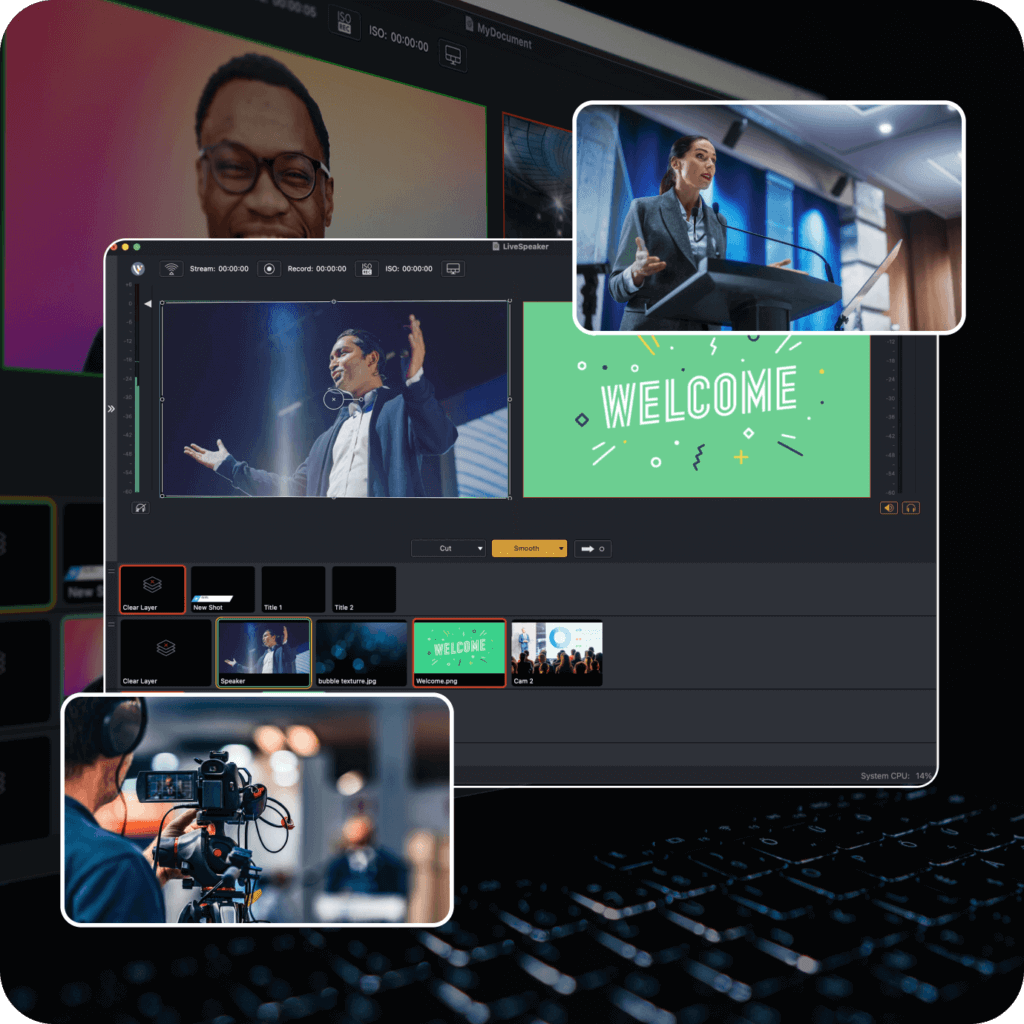 Telecommunications technology can be beneficial to so many different types of businesses. Dr. Wesley Valdes has been taking advantage of the technology and has been in the industry for over a decade. Valdes uses Telehealth where he provides remote consultation and diagnostic assessments to patients. Telehealth is often used when the patient is far away, in danger zones or locations that clinicians could not easily get to such as oil rigs and submarines.
Telecommunications technology can be beneficial to so many different types of businesses. Dr. Wesley Valdes has been taking advantage of the technology and has been in the industry for over a decade. Valdes uses Telehealth where he provides remote consultation and diagnostic assessments to patients. Telehealth is often used when the patient is far away, in danger zones or locations that clinicians could not easily get to such as oil rigs and submarines.
When doctors do video base consultations, a big challenge for them is to establish trust through a virtual presence. So, he wanted to get away from the typical telemedicine experience, which is just a “talking laptop.” He found that with low-cost, off-the-shelf video conferencing and live webcasting solutions, he was able to create a professional, polished experience that meets his patient’s expectations for quality while also building trust.
Valdes uses Wirecast live webcasting solution, which gives him pro features like live switching, transitions, titles, lower-thirds, picture-in-picture effects, playlists and more.
Valdes connects with his patients through a Zoom conference call, then pressing a button to deliver his Wirecast live webcast through it. The virtual camera feed is one of the key features in Dr. Valdes’ opinion. During the consultation, because Wirecast supports live switching of multiple feeds, Valdes can drop in a video or image; of a sonogram, for example, and show it while he remains on the screen and talks through it. Or, Valdes can display a picture that the patient has provided of his or her wound on the screen with himself in a picture-in-picture, so he can talk to the patient and even annotate it while they’re both looking at the same image.
Valdes emphasizes that a key part of his work is making sure the technology he tests and recommends meets the twin goals of affordability and ease of use. “We started this initiative with expensive gear in a lab setting. We bought and built the best cameras, sound and video gear, learned as much as possible then figured out how to achieve that same level of professionalism for less.” He estimates that the cost of an early telemedicine room setup was in the area of $15,000. “We’ve gotten that down to about $1,500 without a perceptible change in quality. Clinicians can get up to speed on Wirecast in about an hour, and for a surprisingly low cost, it has a huge impact on quality.”
He notes that technologies like Wirecast help clinicians build patient trust in telehealth by making it easy for them to deliver a professional experience without having to become expert in production techniques. “The consumerization movement is changing the playing field and physicians are facing new expectations. People see professional quality video all around them in their everyday lives. To succeed as the industry moves to telehealth models we need to move to more professional presentation. Wirecast is one of those technologies that gives you a step up in what is starting to be a pretty competitive arena.”
To learn more about Wirecast visit our website or join us for our weekly WirecastLive show every Thursday at 2:30 PM PDT.





